2.4 Ghz and 5Ghz blinking spectrum is a new technology that has the potential to revolutionize the way we use the internet. This new technology allows for higher speeds and more reliable connections than ever before. With this new technology, we will be able to do things that were once impossible, like stream 4K video or download large files in seconds.
We all know that wireless internet has come a long way in recent years. We’ve gone from slow, dial-up connections to blazing fast speeds that allow us to stream video and download files in a snap. But what most people don’t realize is that there are actually two different types of wireless internet: 2.4 GHz and 5 GHz.
So, what’s the difference between the two? Well, 2.4 GHz is the older of the two frequencies and is therefore not as fast as 5 GHz. However, it does have a longer range, so it’s perfect for homes with large spaces or for office buildings where you need to cover a lot of ground.
5 GHz, on the other hand, is newer and faster but doesn’t have as much range as 2.4 GHz. This makes it ideal for apartments or small homes where you don’t need to worry about covering a lot of ground. It’s also great for gaming or streaming HD video because it can handle high bandwidths without any issues.
So, which one should you use? If you have a large home or office, then 2.4 GHz is probably your best bet.
Here is a table comparing 2.4 GHz and 5 GHz:
| Feature | 2.4 GHz | 5 GHz |
|---|---|---|
| Frequency Range | 2.4 GHz to 2.5 GHz | 5.1 GHz to 5.8 GHz |
| Wireless Standards Supported | 802.11b/g/n | 802.11a/n/ac/ax |
| Speed | Slower (up to 600 Mbps) | Faster (up to 10 Gbps) |
| Range | Longer range (up to 150 feet indoors) | Shorter range (up to 50 feet indoors) |
| Interference | More interference from other devices using the same frequency band (microwaves, cordless phones, etc.) | Less interference, as fewer devices use the frequency band |
| Signal Quality | Signal quality can be affected by interference and distance | Better signal quality and less signal degradation at greater distances |
| Ideal Use Case | Good for basic web browsing, emailing, and streaming | Good for high-bandwidth activities like video conferencing, online gaming, and streaming 4K video |
| Device Compatibility | Compatible with most devices, including older ones | Compatible with newer devices that support 802.11a/n/ac/ax standards |
2.4GHz And 5GHz Blinking Xfinity
If you’re a Xfinity customer, you’ve probably noticed that your modem has two wireless frequencies: 2.4Ghz and 5Ghz. But what do these frequencies mean? 2.4Ghz is the most common frequency for home networks.
It’s been around since the early days of Wi-Fi and it’s still used by the vast majority of devices. The main advantage of 2.4Ghz is that it has better range than 5Ghz. So if you have a large home or an apartment with thick walls, 2.4Ghz is probably the best choice for you.
5Ghz is the newer frequency and it’s becoming more popular as more devices support it. The main advantage of 5Ghz is speed. If you have a lot of devices on your network or you need to transfer large files, 5Ghz will be much faster than 2.4Ghx.
However, the trade-off is that 5Ghz doesn’t have as good range as 2..4 Ghz So which should you use?
If you have a small home or office and not too many devices, then 5GHz will probably be fine. But if you have a larger space or lots of devices, then go with 2 . 4 GHz .
You can always experiment and see which works better in your particular situation .
Why is My 2.4 Ghz And 5Ghz Blinking?
If your 2.4 GHz and 5GHz lights are blinking, it’s likely because you have devices connected to both bands. Most routers allow you to disable the 5GHz band, which will stop the blinking.
Why Does My Spectrum Router Keep Blinking?
If you have a Spectrum router, you may have noticed that the lights on the front of the router keep blinking. There are a few reasons why this might be happening:
1. The router is booting up or resetting. This is normal and you don’t need to worry about it.
2. There is a problem with the internet connection. If all the lights on the router are blinking, it means that there is no internet connection. Check to make sure that your modem is connected and turned on.
3. There is a problem with the wireless connection. If only the wireless light is blinking, it means there is a problem with the wireless signal.
Check to make sure that there are no obstructions between the router and where you’re trying to use the wireless connection (such as walls or furniture). You may also need to move closer to the router if you’re in a large home or office space.
How Do I Separate My 2.4 And 5GHz Spectrum?
Most routers come with the ability to broadcast on both the 2.4GHz and 5GHz spectrums out of the box. The problem is, they typically do this without automatically separating the two networks for you. That means that devices that can connect to either kind of network will just jump onto whichever one has the strongest signal at any given moment, regardless of whether or not it’s congested.
The good news is, most routers also come with the ability to manually separate your 2.4GHz and 5GHz networks into two different SSIDs (Service Set Identifiers). This let’s you choose which band each device connects to, so you can keep your high-bandwidth devices on the clear 5GHz connection while things like microwaves and cordless phones stay put on 2.4GHz where they belong. To set up dual SSIDs on your router, open up your router’s web interface in a browser and look for an option called “SSID.”
In most cases, there will be two fields here–one for each spectrum. Give each one a unique name (like “5G” or “2G”) and save your changes. Now when you go to scan for wireless networks from your devices, you should see two different entries for your router pop up instead of just one.
Once you’ve got everything set up how you want it, take a minute to test things out by connecting to each SSID from a few different devices and making sure everything is working as expected. If all goes well, congrats! You’re now using both spectrums of Wi-Fi without any interference issues!
Why Does My Router Switch between 2.4 GHz And 5GHz?
As more and more devices are connecting to the internet, the need for faster speeds has increased. One way to get faster speeds is to use a higher frequency signal, such as 5GHz. However, not all devices can use this frequency and some devices may even be interference with the 5GHz signal.
For these reasons, your router may switch between 2.4 GHz and 5GHz depending on what devices are connected and what kind of performance you’re looking for.
Final Thoughts
If you are like most people, you’ve probably noticed that your home WiFi comes in two different frequencies – 2.4GHz and 5GHz. But what does that mean? And why does it matter?
The difference between the two frequencies is simply range. A 2.4GHz signal can travel farther than a 5GHz signal, but a 5GHz signal is faster. So if you have a lot of devices that need to be connected to your WiFi network and they’re spread out around your house, you’ll want to use the 2.4GHz frequency.
But if you have fewer devices and they’re all in close proximity to your router, you’ll want to use the 5GHz frequency for its speed advantage. One other thing to keep in mind is that some older devices may only be able to connect to a 2.4GHz network, so if you have any of those, make sure you select that option in your router’s settings.




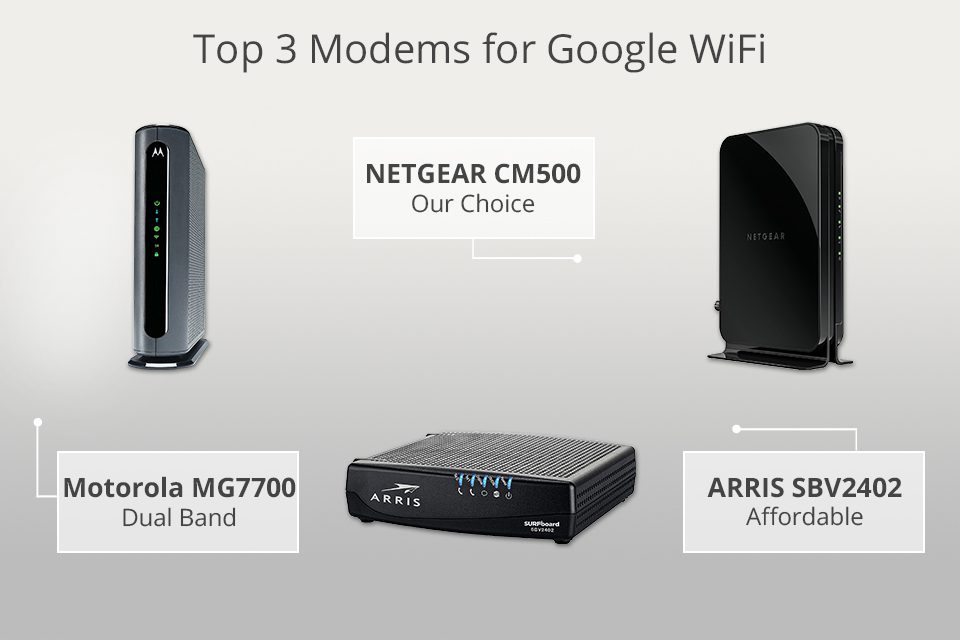
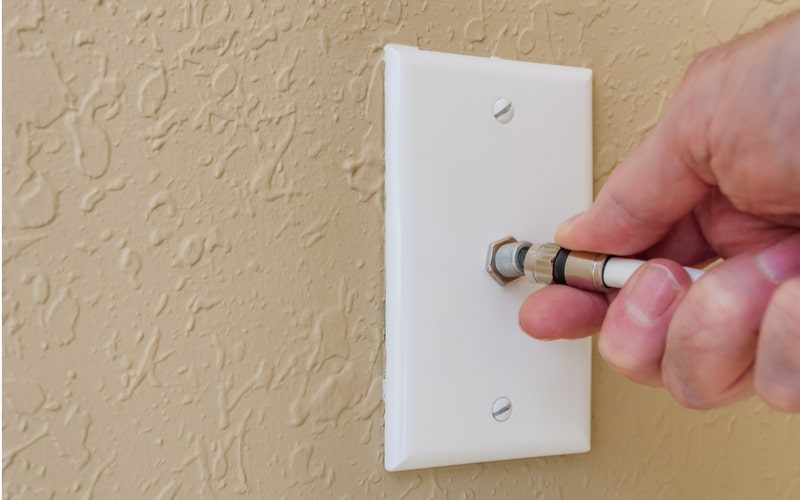
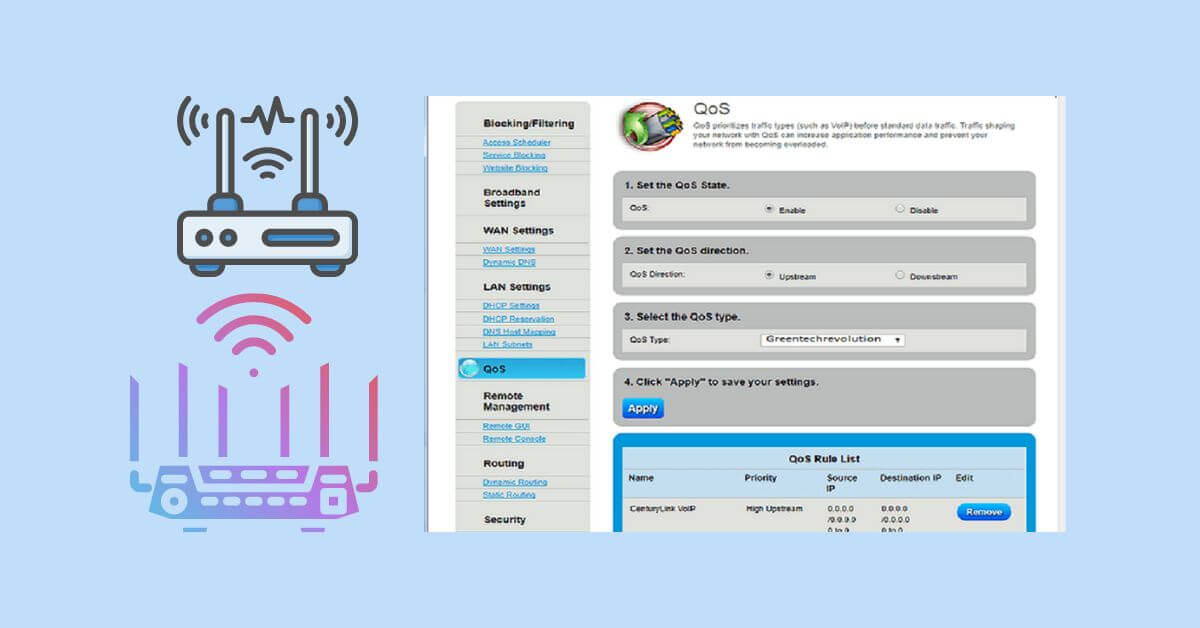
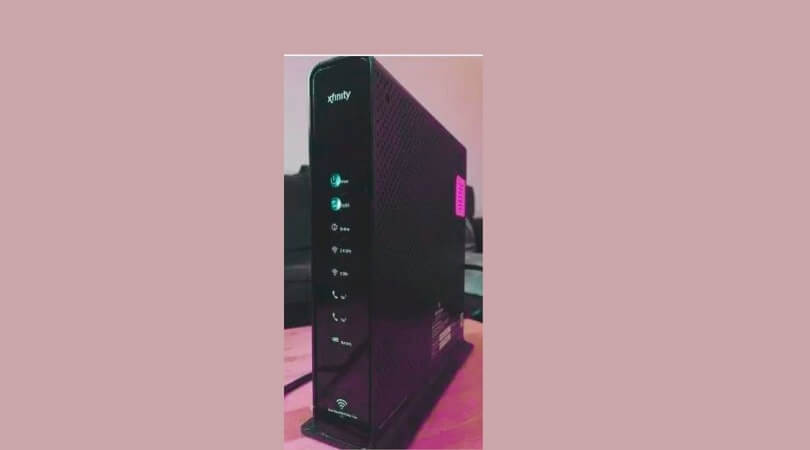
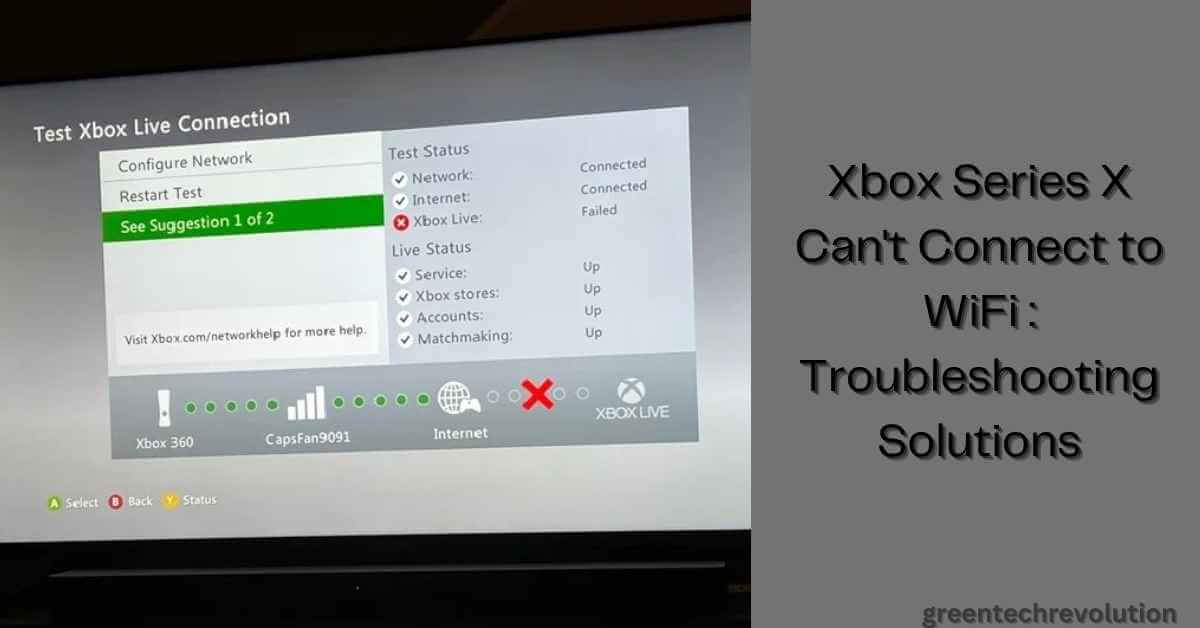

Leave a Reply
You must be logged in to post a comment.